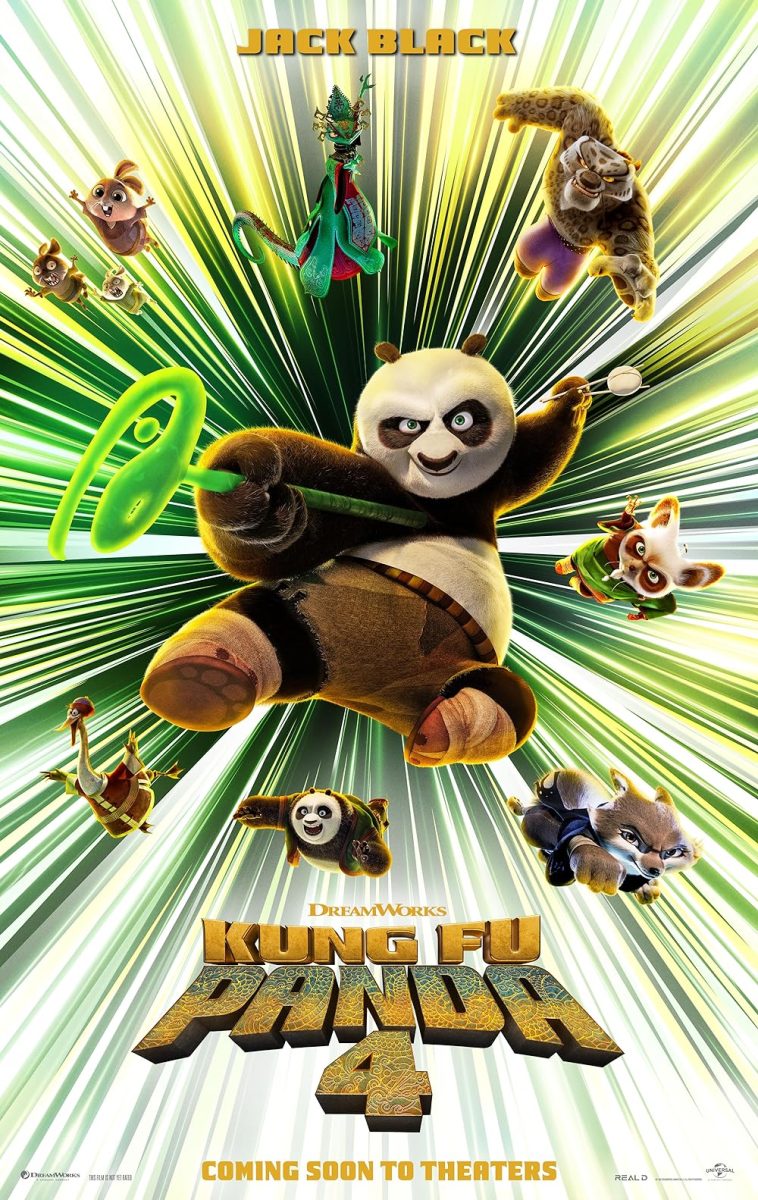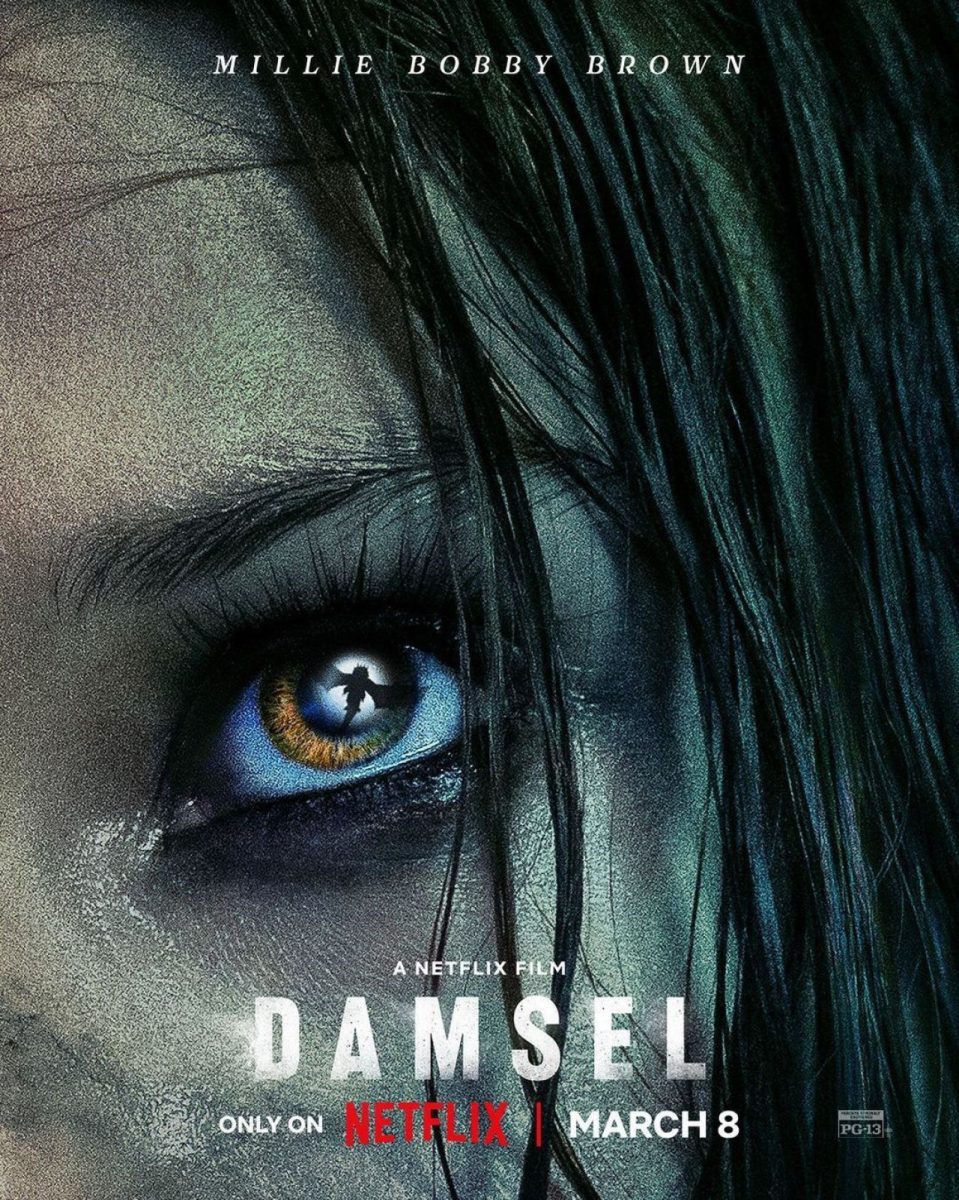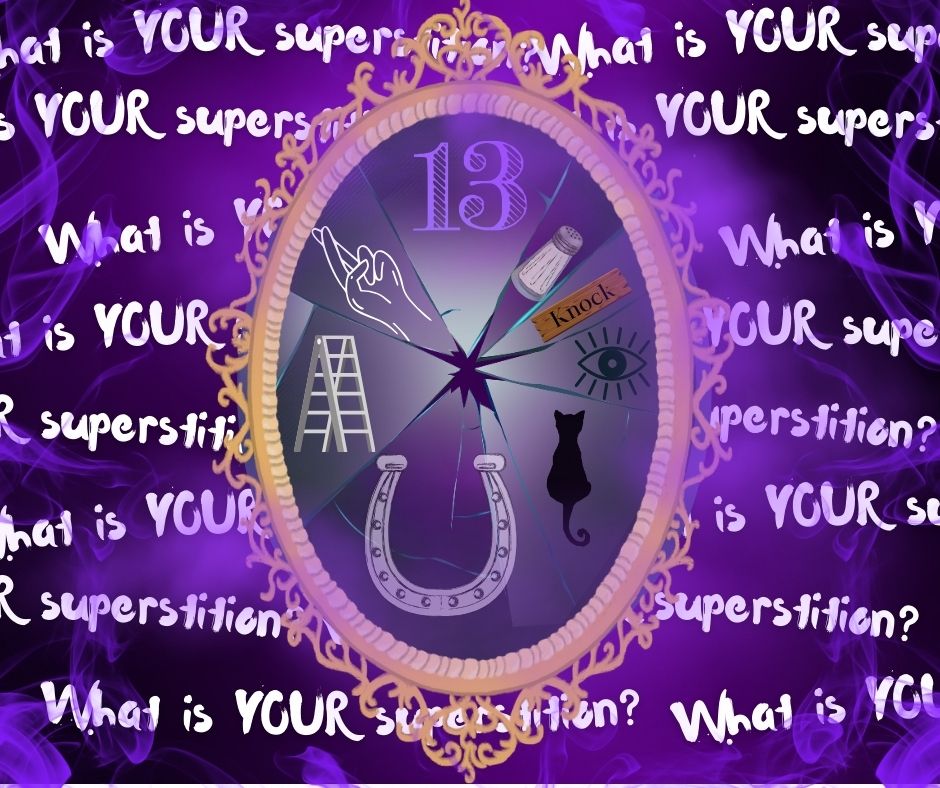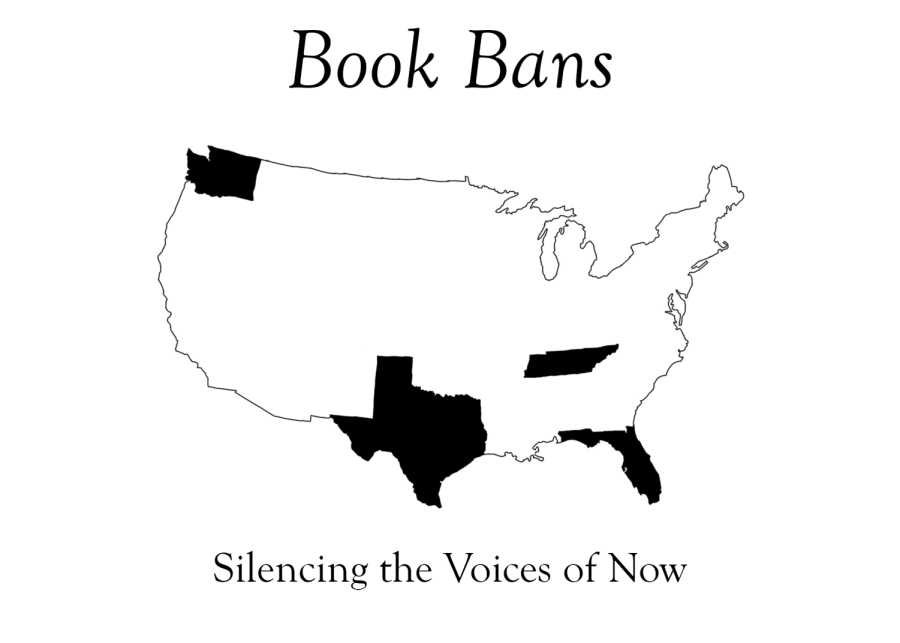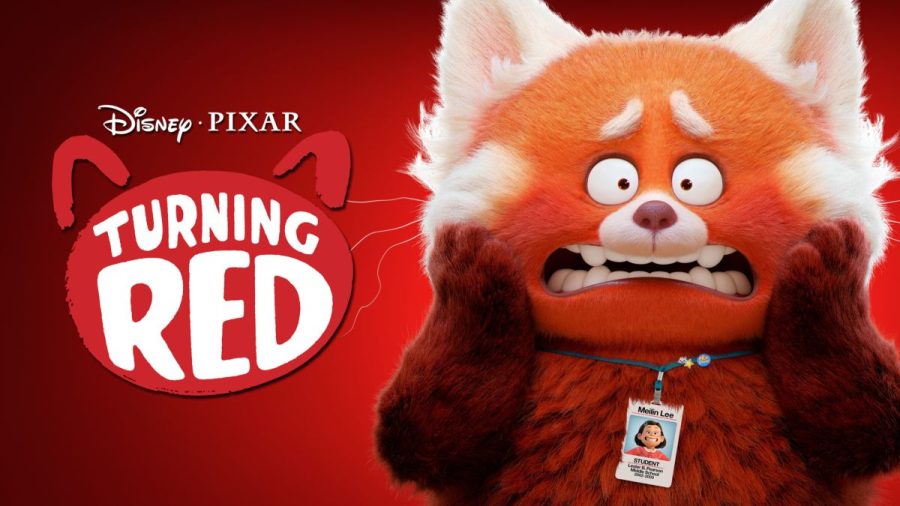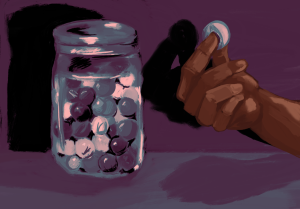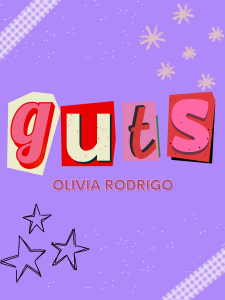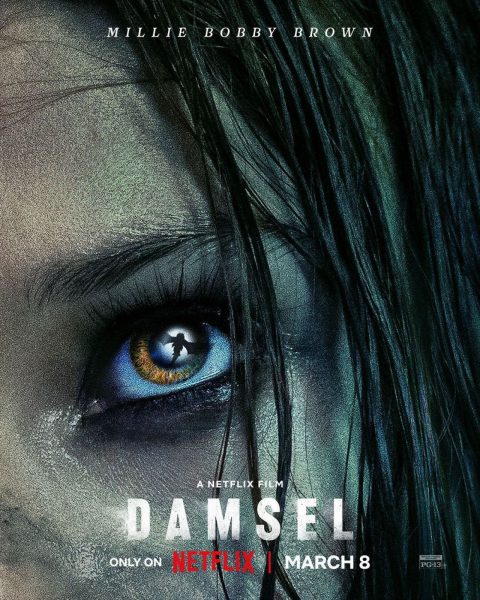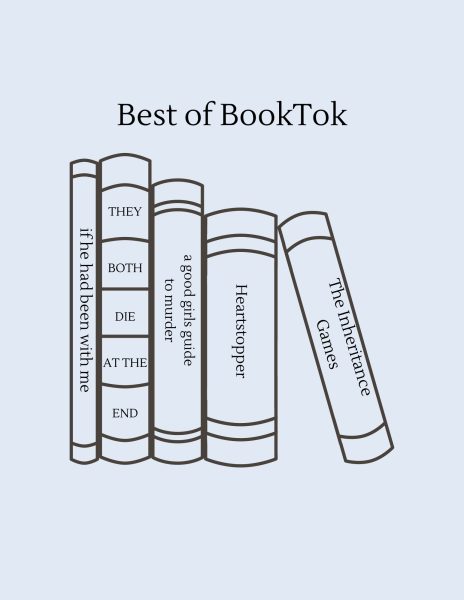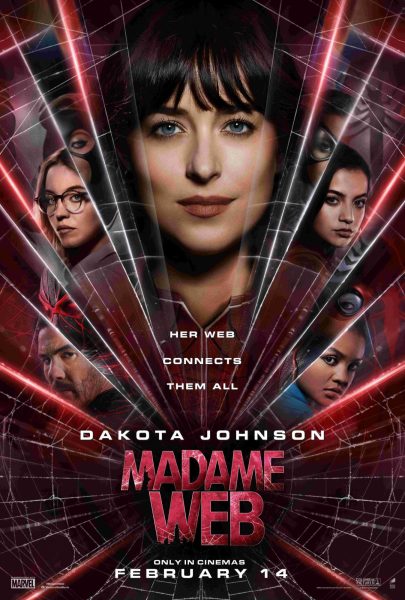How “Turning Red” Did What “Inside Out” Couldn’t
Despite the controversy over mature topics, “Turning Red” reaches audiences in the way “Inside Out” couldn’t. Growing up has never felt so relatable.
Mei Lee, a 13 year old Canadian-Chinese girl, spends a casual day getting good grades, spending time with friends, fangirling over 4*TOWN, and helping her mom at her family’s temple. Although everything is always perfect, there’s an underlying fluffy issue she hides.
April 27, 2022
A female protagonist’s journey to adulthood. A small, happy family with underlying hidden problems. A plot twist with a moral to inspire young audiences. Growing up can be terrifying, but Pixar makes it possible with the goal to demonstrate a character’s journey to adulthood. With the inclusion of fantasy characters, the plot addresses the reality of growing up to a younger audience. Growing up is terrifying, but Pixar makes it possible with “Turning Red” and “Inside Out,” two movies that feature the awkwardness of growing up.
Pixar’s newest movie, “Turning Red,” released Feb. 21 on Disney+, follows Mei Lee, a 13-year-old girl who has perfect grades, perfect skills, a perfect family, and a perfect life. However, Mei Lee has been bottling her feelings from her mother, especially after being embarrassed by her in front of her school bully. With her increased rage of emotions, Mei Lee experiences a mythical change overnight: she is now a red panda!
“Turning Red” highlights Mei Lee’s journey of puberty and womanhood, showing the development of becoming independent and learning how it’s okay to make mistakes. Through her rambunctious, explosive, and exciting red panda alter, Mei Lee learns to “overcome the panda” alongside her friends.
By mentioning topics and words such as periods, a brief joke about strippers, and the curse word alternative “crap,” the movie wasn’t without controversy. Rather, it broke barriers and truly showed the environment of middle schoolers who are just having fun and going through puberty. It destroys the average stereotypes that middle school is a terrifying place, especially when Mei Lee and her friends are always shown being there for each other no matter what. Even though this movie is rated PG, this film makes it easy for their young audiences to understand puberty and adulthood in a cute, fluffy way.
In contrast, “Inside Out,” a Pixar film showing the mind of a pre-teen named Riley, takes a different approach to addressing adulthood by showing how emotions influence decisions and actions. “Inside Out” was released in 2015, reaching a completely different child audience. This movie focuses on the dangers of toxic positivity and how it’s okay to express emotions, whether it be anger, sadness, disgust, or fear. It also demonstrates a comfort source people can depend on when they feel alone—family.
Even though these films have completely different plots and characters, both stories share the same message of overcoming challenges and facing the difficulty of adulthood. Both protagonists, overwhelmed with having to deal with the stress of their hero’s journey, eventually end up finding resolution through the comfort of their friends and family.
But, “Turning Red” truly reached audiences where “Inside Out” couldn’t.
Addressing the reality of womanhood with periods, intense emotions, and independence, Mei Lee’s red panda symbolizes her new identity. Furthermore, it symbolizes how she’s okay with adopting this new persona because it’s a part of her—it’s nothing she should be scared of.
Even with this strong message, some audiences are outraged by the mention of periods within this film. Some parents stated they didn’t even want to show this film to their kids due to it being too mature for younger audiences. “Some viewers and critics have complained about the film’s supposedly inappropriate ‘maturity,’ Mei’s willful nature, and the generalized problem of teen girls,” Vox stated.
However, individuals in support of the film have expressed how these topics should be normalized, not shunned away. Nancy Wang Yuen, author of “Reel Inequality,” shared her thoughts on Instagram about all the overrated controversy. “Just thinking about how Belle went to live (and fall in love) with her father’s kidnapper, and Anna (from Frozen) falls in love with the first man she meets (who turns out to be the movie’s villain) but discussions of a 13-year-old’s period in #TurningRed is ‘too mature.’”
Furthermore, “Turning Red” features the perspective from a Canadian-Chinese girl, providing cultural representation from the Asian community. “It’s uncomfortable for people who are used to a white male-centric perspective, not understanding that there are other ways of storytelling,” Yuen said on Twitter. “There’s emotions in ‘Turning Red’ that are absolutely part of a human story.”
“Turning Red” truly reached out to a young audience with the message of not feeling ashamed or embarrassed for growing up. Whereas “Inside Out” barely connects to the audience, only focusing on emotions and how it destroys relationships (a basic theme seen in several Disney and Pixar films), “Turning Red” becomes a relatable masterpiece for individuals who are experiencing the struggles of growing up: puberty, becoming independent, and breaking away from family expectations.
My sister, an 11 year old girl who soon will transition into middle school, will have to be on her own as I continue my journey into college. She’s told me her fear of being bullied for changing and growing. However, showing her this film truly broke those societal stereotypes of having to be embarrassed about growth or body changes. “I like showing that I’m growing and trying ‘adult’ things like make-up or buying my own clothes. It’s exciting,” elementary student Gia Butler said.
As someone planning to enter the educational field, I highly recommend this film for those planning to educate younger students about how times may be difficult or overwhelming, but it’ll be settled once we address it.
“Turning Red” can now be watched on Disney+.





![Standing center stage, senior Ananya Akula conducts the Phoenix Chorale. “[Conducting and teaching] is really fun,” Akula said. “Music education is what I want to do.” On the day of the choir assessment, Akula found out that she received the President’s Music Scholarship – a full ride to the University of Miami Frost School of Music.](https://theblazerrhs.com/wp-content/uploads/2024/04/ananya-1200x800.jpg)

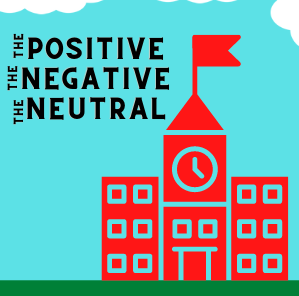
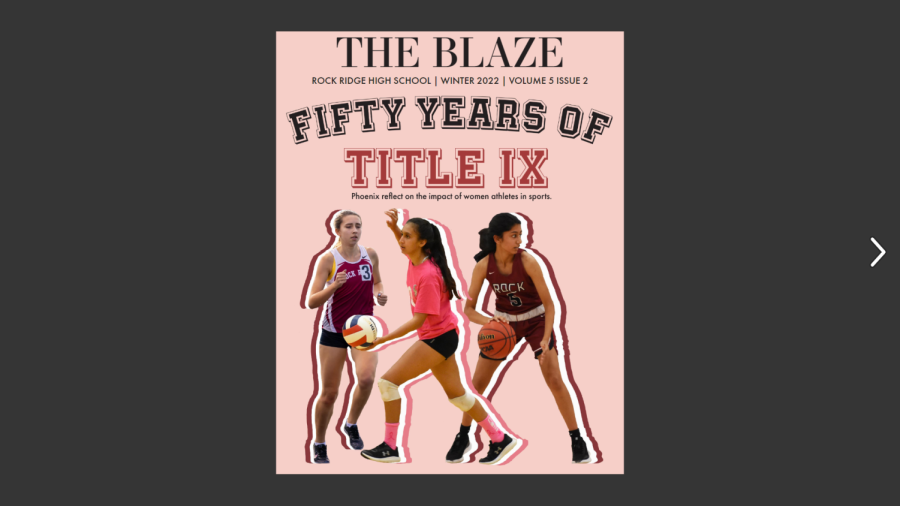









![With the energy and effort the Bolts were bringing to the game, the Phoenix had to step up and match them to make it through their first game of the season. Many of the girls on the team, including freshman Nazly Rostom, have been playing soccer since their childhood and have grown a love for the sport as a result. “It was fun to see how we actually played in a [real] game,” Rostom said. “Even though the outcome was not what we were hoping for, I’m still happy we got to play together.”](https://theblazerrhs.com/wp-content/uploads/2024/04/DSC_0154-1200x800.jpg)


![Held up by a group of cheerleaders, flyer sophomore Leyu Yonas poses as part of a stunt, also supported by flyer junior Shayne Mitchell behind her. (Left) Prior to the pink out football game on Oct. 13, the athletes practiced in the aux gym from 5 p.m. to 6:30 p.m. (Right) On Oct. 19, the cheerleaders competed in their District Championships at Woodgrove High School. “We definitely put all our effort on the mat [at Districts], and it showed,” Mitchell said. Left: Photo by Nadia Shirr. Right: Photo by Steve Prakope via Victor O’Neill Studios.](https://theblazerrhs.com/wp-content/uploads/2023/11/feature-image-1200x823.png)
![Sophomore Xavier Smith (6), the Phoenix quarterback, runs the ball as his teammates help hold up the defense. “My [offensive] line collapses, so I just [have to run], and its a good way to get first downs because [Tuscarora’s] defense was really good,” Smith said.](https://theblazerrhs.com/wp-content/uploads/2023/11/IMG_5383-1200x897.jpg)



![As the referee throws the ball up for the tip-off, freshman Simone Diby leaps towards the ball to get it in Phoenix possession. Diby is a new member of the Phoenix girls basketball team, and despite it being a change, she finds it enjoyable. “It’s definitely a different experience if you’ve never played on a team, [but] I think it’s still fun.”](https://theblazerrhs.com/wp-content/uploads/2024/03/DSC_0057-1200x662.jpg)




